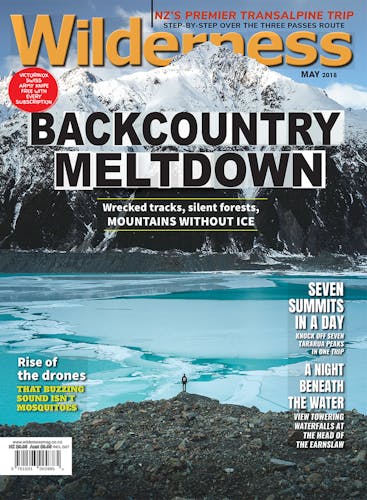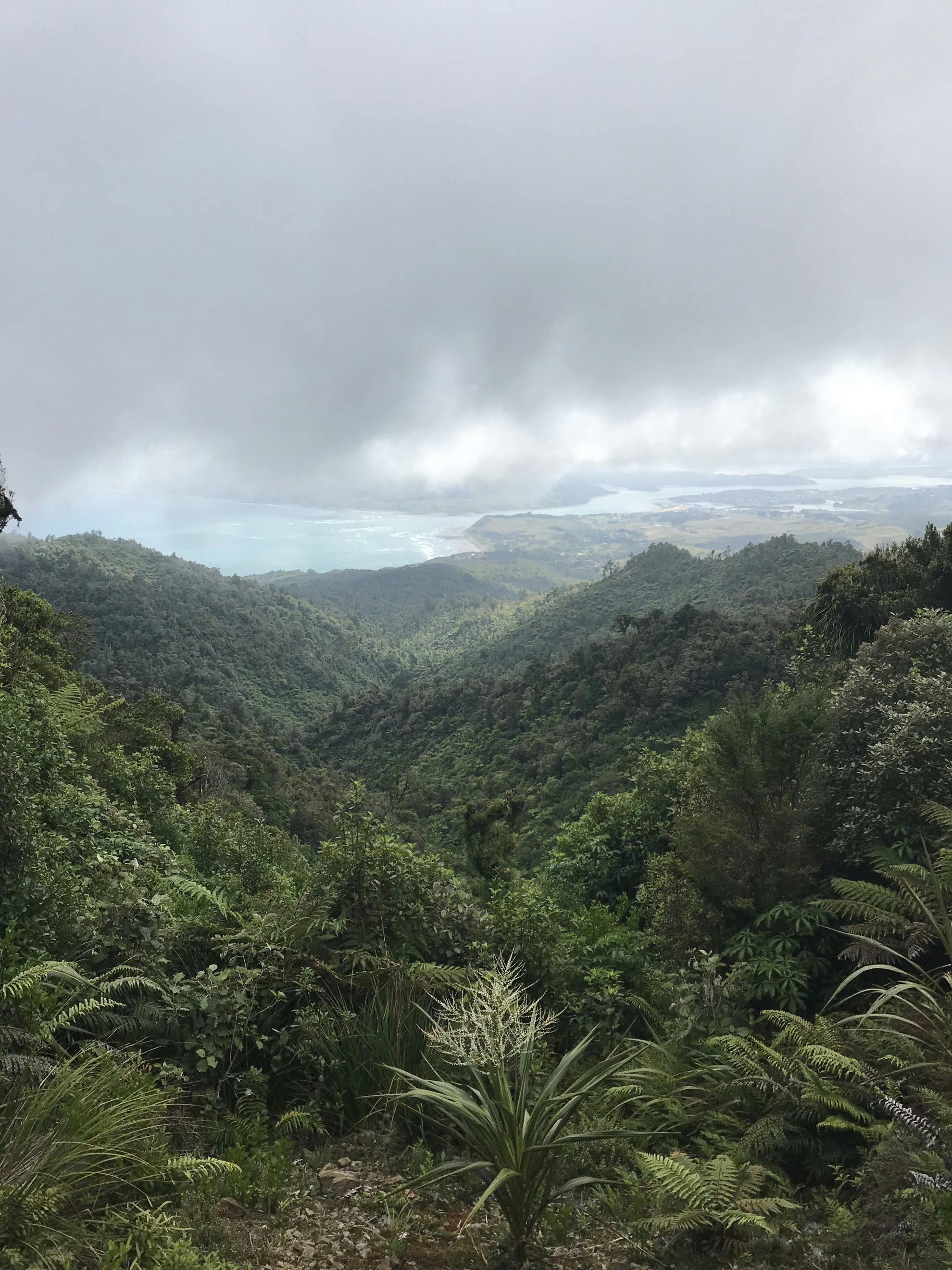A tramping track near Raglan has been closed after myrtle rust was discovered at the end of March, the second time the deadly fungus has been found on conservation land.
DOC has closed the Mt Karioi summit tracks after rust was found on a vine rata plant.
Senior communications advisor Gabrielle Tully said DOC was assessing the extent of the infection and couldn’t give a timeframe for how long the track would be closed.
“If it’s a small section we may be able to remove the infected plants and reopen the track. But until we know the extent of the spread, we won’t know the next step.”
Although myrtle rust is primarily wind spread, Tully said it could also be spread by people brushing against infected plants.
The infection was found by a DOC worker collecting seeds as part of an effort to save myrtle species should they become lost if the fungus becomes widespread.
Mt Karioi is just over 10km east of Pirongia, which includes a number of tracks and a popular hut.
In February, DOC found myrtle rust on a ramarama plant on the Kiwi Road Track on Mt Messenger, north of Taranaki. The track was closed and 2000 plants were removed after a wetland area was found to be heavily infested.
Myrtle rust kills myrtle species, which includes pohutukawa and rata. It was first found in New Zealand in May 2017 and is suspected to have blown over from Australia on strong westerly winds in autumn last year.
It has now been found throughout the North Island with 545 properties infected, and two properties in the Tasman region on the South Island.
Once established, myrtle rust is difficult to eradicate. In Australia, it rapidly became established and has wreaked havoc on susceptible species. Scientists have said it is likely only a matter of time before it is widespread in New Zealand.







